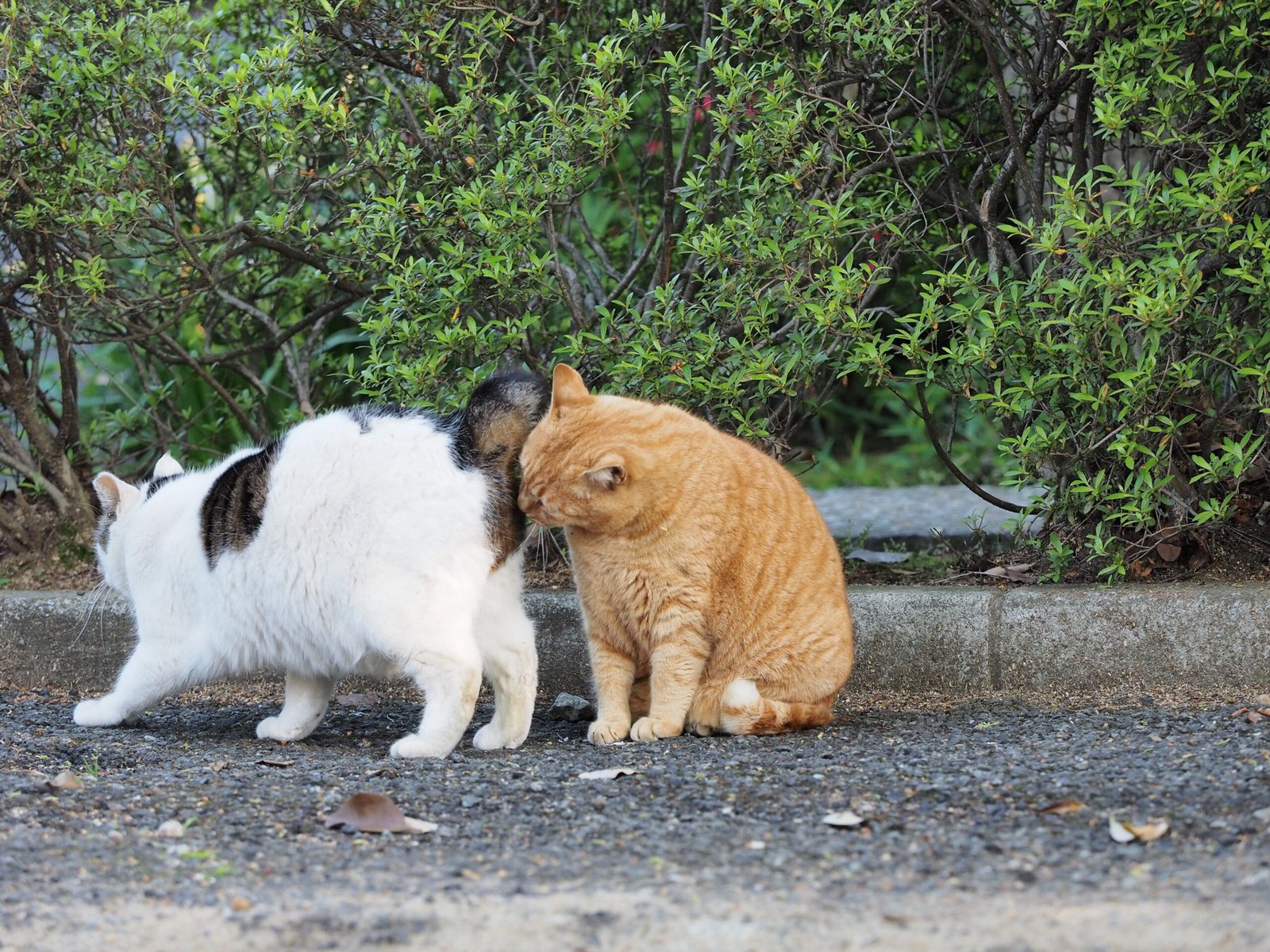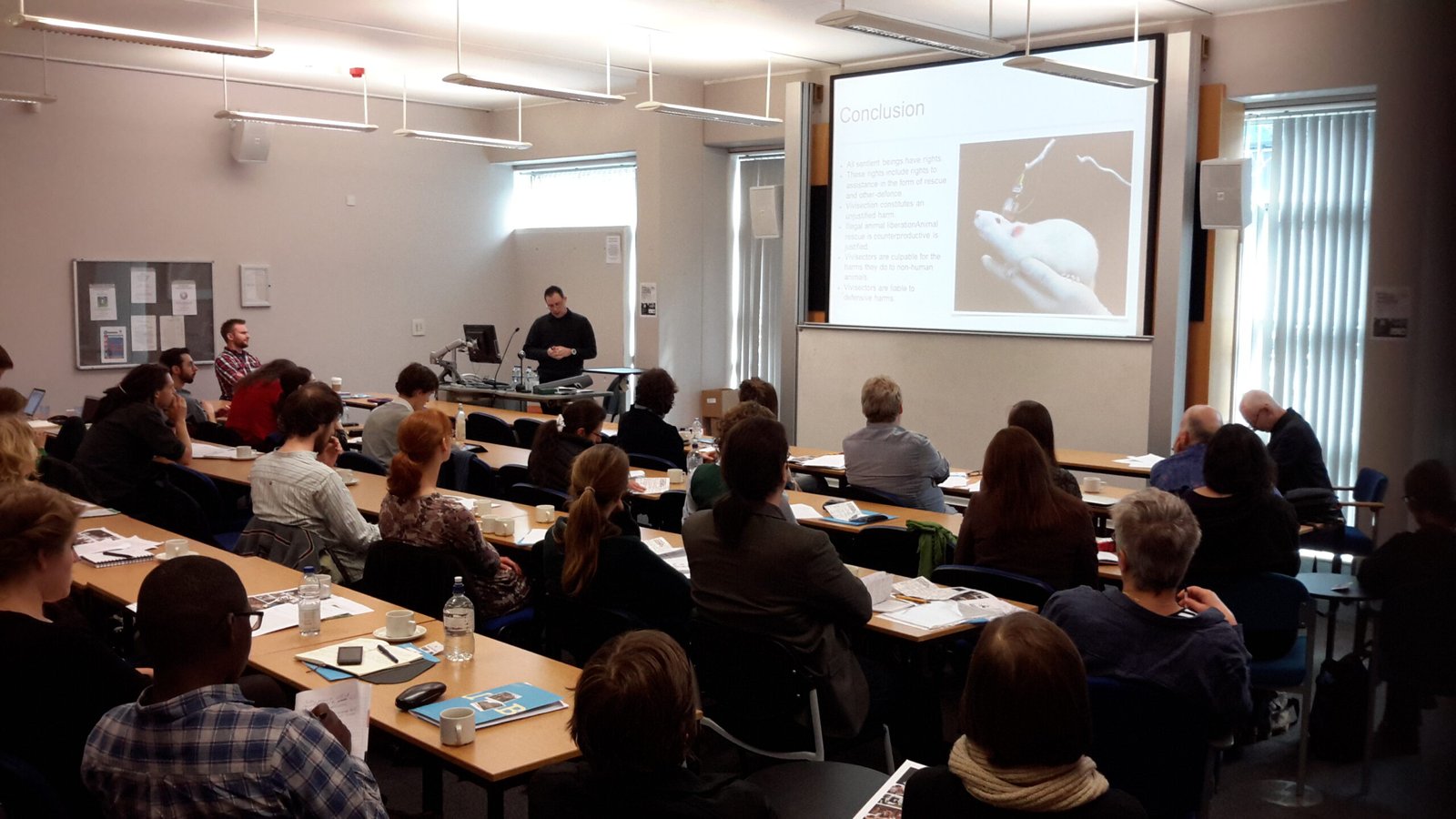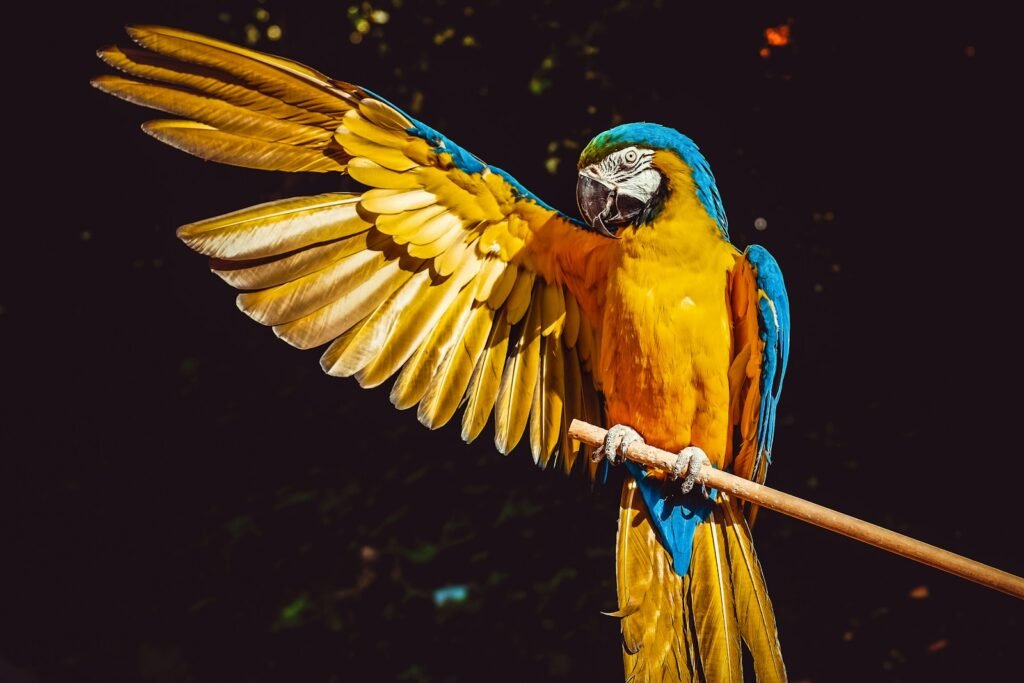Imagine chatting with your dog about the squirrel he chased this morning, or asking your cat why she insists on knocking over your coffee mug. For centuries, animal lovers have wondered what their pets are really thinking. Today, as artificial intelligence advances at a breathtaking pace, the idea of translating barks and meows into human language is no longer just the stuff of futuristic movies. Is this dream finally within reach, or are we still grasping at science fiction? Let’s dive into the fascinating and sometimes surprising world of AI-powered animal translators and discover whether science is catching up to our wildest imaginations.
The Longstanding Mystery of Animal Communication
Humans have been deciphering animal sounds for thousands of years, trying to understand the subtle cues behind a wagging tail or a plaintive meow. While pet owners often feel they “just know” what their furry companions want, the science behind animal language is complex and largely mysterious. Dogs and cats communicate through a mixture of sounds, body language, and even scent, creating a rich tapestry of signals that can be tricky for humans to interpret. Despite these challenges, researchers have made significant progress in decoding some of these signals, laying the groundwork for more advanced technologies. The deep bond between people and pets has only fueled this curiosity, pushing the boundaries of what we know. It’s not just about curiosity—understanding animal communication could improve animal welfare, training, and even our emotional connection with them.
The Rise of Artificial Intelligence in the Animal World
Artificial intelligence is transforming industries, from healthcare to transportation, and now it’s making waves in the world of animal communication. Using complex algorithms and machine learning, AI systems are being trained to detect patterns in animal sounds and behaviors that humans might miss. These technologies are not limited to pet translation; they’re also being used to study wild animals, helping conservationists monitor endangered species. For dogs and cats, AI-powered devices promise to bridge the gap between species, turning cryptic barks and meows into meaningful messages. The hope is that, with enough data, AI can “learn” the language of our pets and translate it in real-time. This blend of science and technology is opening doors that once seemed locked tight.
How AI Animal Translators Actually Work
AI-powered translators for pets rely on vast databases of recorded animal sounds and associated human observations. Engineers feed these recordings into neural networks, which then learn to associate certain barks, whines, or meows with specific situations or emotions. For example, a high-pitched bark might indicate excitement, while a low growl could signal fear or aggression. The AI sorts through thousands of examples, refining its predictions over time. Some systems also use cameras or wearable devices to track body language, adding another layer of context. It’s a little like teaching a computer to recognize faces or understand spoken language—except the “language” here is tail wags, ear flicks, and vocalizations. As the technology gets smarter, the dream of a true animal translator feels less like fantasy and more like a real possibility.
The Science of Dog Barks: More Than Just Noise

Dogs are famous for their wide range of vocalizations, from playful yips to menacing growls. Scientists have discovered that dogs use different barks, whines, and howls to express everything from joy to anxiety. In fact, some studies show that dogs’ vocalizations can change depending on the situation—like barking differently when greeting a friend versus warning off a stranger. AI systems analyze the pitch, duration, and frequency of these sounds, looking for patterns that match certain emotions. Some researchers believe that with enough data, we could one day “read” a dog’s mood as easily as we read a text message. This scientific approach is transforming our understanding of what dogs are really trying to say.
Decoding the Enigmatic Cat Meow

Cats are notorious for their mysterious nature, and their vocalizations are just as puzzling. Unlike dogs, cats developed their meow largely to communicate with humans, not with each other. Each cat’s meow can be unique, and many owners swear their feline friends have a special “voice” just for them. AI translators attempt to capture these subtle differences, using algorithms to detect variations in pitch, tone, and rhythm. Some systems can even distinguish between a meow for food, a meow for attention, or a meow of annoyance. It’s a delicate science, but the progress made so far is both entertaining and enlightening. The more we learn, the more it seems our cats might have been trying to talk to us all along.
Challenges in Translating Animal Language

Despite the excitement, translating animal language is far from simple. Animals don’t use words in the way humans do; their communication is often tied to context, body language, and instinct. For example, a dog’s bark could mean excitement, fear, or even a simple greeting—depending on the situation. AI translators must sift through these layers of meaning, which can be incredibly complex. There’s also the problem of individual variation: not every dog or cat “speaks” the same way. Some experts worry that these challenges might limit how accurate pet translators can ever be. However, ongoing research and advances in AI are slowly chipping away at these obstacles.
Wearable Technology for Furry Friends
One exciting development in the field is wearable tech designed just for pets. Collars equipped with microphones, accelerometers, and even cameras can gather data on a pet’s sounds and movements throughout the day. This information is then analyzed by AI to identify patterns and translate possible meanings. Some devices even send notifications to your phone, letting you know when your dog is anxious or your cat is feeling playful. For many pet owners, these wearables offer peace of mind and a deeper connection with their animals. As technology becomes more affordable and accessible, we’re likely to see even more innovative gadgets on the market.
Real-World Examples: Where Are We Now?
Several companies have already launched products that claim to “translate” pet sounds. For instance, there are smartphone apps that record your dog’s bark or your cat’s meow and provide a rough translation, such as “I’m hungry” or “Let’s play.” While these apps are fun and sometimes surprisingly accurate, they’re still limited by the complexity of animal communication. Some users report that the translations feel generic or don’t always match their pet’s mood. Still, these early attempts are paving the way for more sophisticated tools in the future. They also highlight the growing demand for technology that brings us closer to our furry companions.
Case Studies: What Do the Experts Say?

Animal behaviorists and AI researchers are often asked whether true pet translation is possible. Some are optimistic, pointing to the rapid advances in machine learning and pattern recognition. Others are more cautious, stressing that animal communication involves more than just sounds—context, body language, and individual personality all play a role. One researcher likened the challenge to “translating poetry without knowing the culture.” Despite these hurdles, experts agree that AI has the potential to deepen our understanding of animal emotions and needs. Their insights are shaping the next generation of pet technology.
Ethical Considerations: Should We Translate Everything?

While the idea of talking to pets is exciting, it also raises ethical questions. Should we always know what our pets are thinking? Some people worry that too much information might disrupt the natural bond between humans and animals. Others point out that animals have a right to privacy, just like people do. There’s also the risk of misunderstanding: if a translation is wrong, it could lead to unnecessary worry or even harm. These questions are fueling debates among scientists, ethicists, and pet lovers alike, reminding us that technology can sometimes raise as many questions as it answers.
Can AI Understand Animal Emotions?
One of the most intriguing aspects of AI pet translators is their ability to detect emotions. By analyzing subtle changes in tone, pitch, and body language, AI systems can sometimes pick up on feelings like joy, fear, or stress. This emotional insight can be incredibly valuable for pet owners, helping them respond more effectively to their animals’ needs. However, emotions are complicated, and even the smartest AI can struggle to interpret them correctly. The quest to understand animal emotions is ongoing, and each breakthrough brings us one step closer to truly empathizing with our pets.
Impact on Animal Welfare and Training

If AI translators become reliable, they could revolutionize animal welfare and training. Imagine being able to ask your dog what’s wrong when he seems upset or helping a rescue cat feel safe in a new home. Trainers could use these tools to better understand problem behaviors and tailor their methods accordingly. Some shelters are already experimenting with AI to assess animal stress levels, making it easier to find the right homes for pets. These applications go beyond convenience—they have the potential to improve the lives of millions of animals worldwide.
Beyond Dogs and Cats: Expanding the Horizon

While most attention is focused on dogs and cats, researchers are also using AI to study communication in other animals. From parrots to dolphins to elephants, the animal kingdom is full of creatures with rich, complex languages. AI-powered tools can help scientists decode these languages, leading to new insights into animal intelligence and behavior. These discoveries could have far-reaching implications for conservation and our relationship with the natural world. The technology being developed for our pets today could one day help us understand the voices of the entire animal kingdom.
Pop Culture and the Dream of Talking Animals
The idea of talking to animals has captured the human imagination for centuries, inspiring countless books, movies, and TV shows. From Dr. Dolittle to animated classics, we’ve long fantasized about bridging the gap between species. Now, with AI on the rise, what once seemed like magic is inching toward reality. Pop culture has played a big role in shaping our expectations, sometimes making us believe that pet translation is just around the corner. While the truth is a bit more complicated, these stories remind us why the quest to understand our pets is so powerful—and so personal.
Limitations and the Road Ahead
Despite all the progress, there are still significant limitations to AI-powered pet translators. The technology is not perfect and sometimes struggles with nuances or unique animal personalities. Many devices work best with common breeds or specific situations, leaving out the quirks that make each pet special. Researchers are working hard to improve accuracy, but it may be years before we see truly universal translators. Still, the journey itself is full of discoveries, and each step brings us closer to a future where we can “talk” to our pets on their own terms.
The Human-Animal Bond: Will Technology Bring Us Closer?
At the heart of this technological revolution is the deep, sometimes mysterious bond between humans and animals. Many people believe that understanding our pets’ thoughts and feelings could strengthen this connection, making us better caretakers and companions. Others worry that relying too much on technology might take away some of the magic of human-animal relationships. The balance between science and intuition is delicate, and each pet owner must decide where they stand. What’s clear is that the desire to communicate with animals is as old as humanity itself.
The Role of Data: Why More Is Better
AI thrives on data, and the more information these systems have, the smarter they become. This means that every time a pet owner uses a translation app or wearable device, they’re helping to build a massive database of animal sounds and behaviors. Over time, this data will allow AI to make more accurate predictions and translations. It’s a collaborative effort, with millions of pet lovers around the world contributing to a shared goal. The future of animal translation depends not just on technology, but on the collective curiosity and passion of people everywhere.
Personal Stories: When Technology Meets Real Life

Some pet owners have already experienced moments of breakthrough with AI-powered translators. One dog owner described how a smart collar alerted her to her dog’s anxiety during thunderstorms, allowing her to comfort him before he became distressed. Another cat lover was amazed when a translation app correctly identified her pet’s “feed me” meow. These stories highlight the real-world impact of this technology, even as it continues to evolve. For many, the chance to better understand their animals is worth every glitch and growing pain along the way.
Looking to the Future: What Comes Next?
The pace of innovation in AI and animal translation shows no signs of slowing down. Researchers are experimenting with new sensors, better algorithms, and even more creative ways to capture animal communication. Some envision a future where conversations with pets are as normal as texting a friend. Others dream of using these tools to help veterinarians diagnose illnesses or to train service animals more effectively. The possibilities are as limitless as our imagination, and the next big breakthrough could be just around the corner.
Summary
The quest to create AI-powered translators for dogs and cats is a thrilling blend of science, technology, and the age-old dream of understanding our animal companions. While many hurdles remain, each discovery brings us closer to a world where the gap between species is a little smaller and our connection to our pets a little deeper. The journey is filled with challenges, surprises, and moments of wonder that remind us why we love our animals so much. Would you have guessed we’d come this far?



